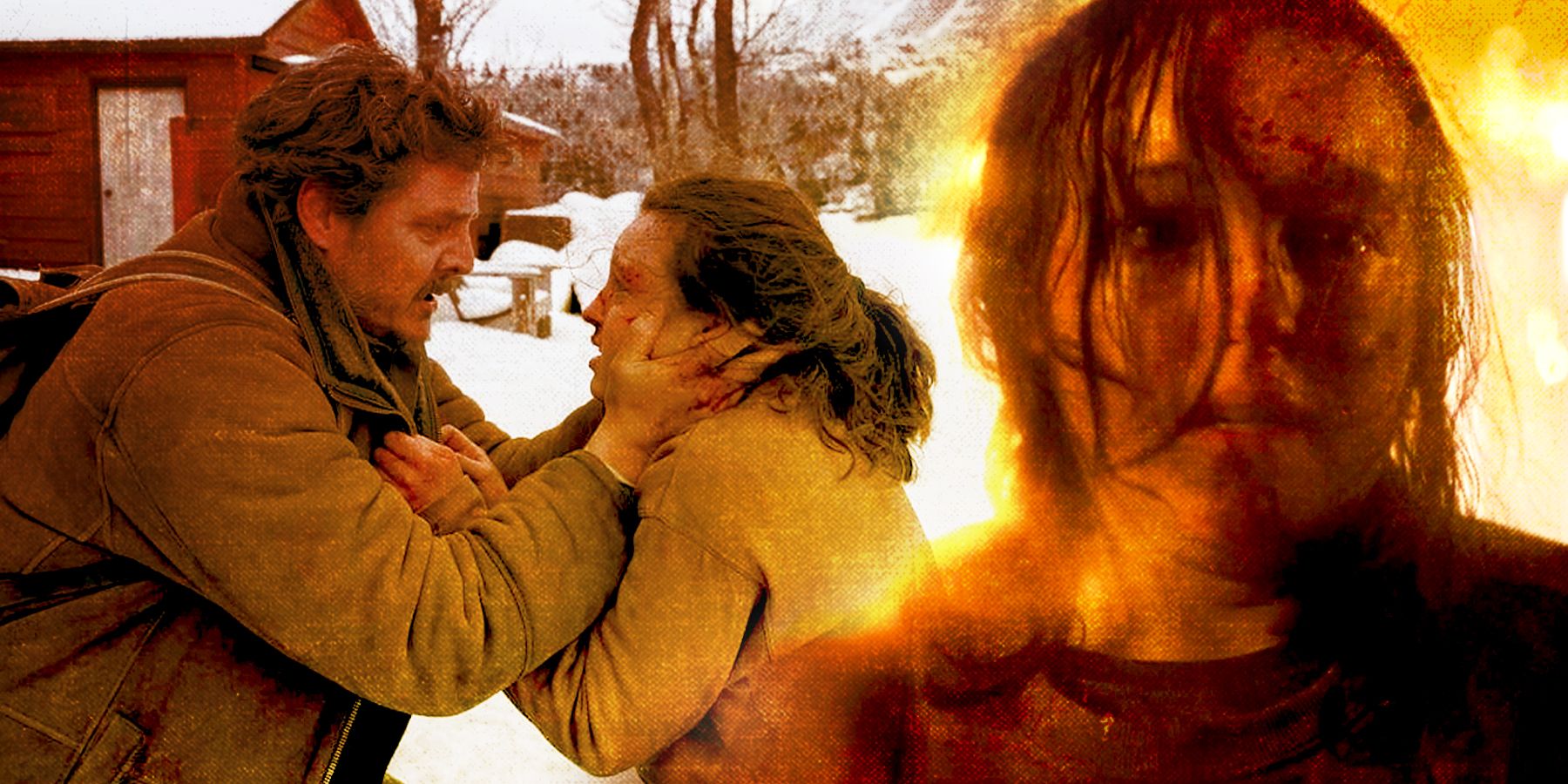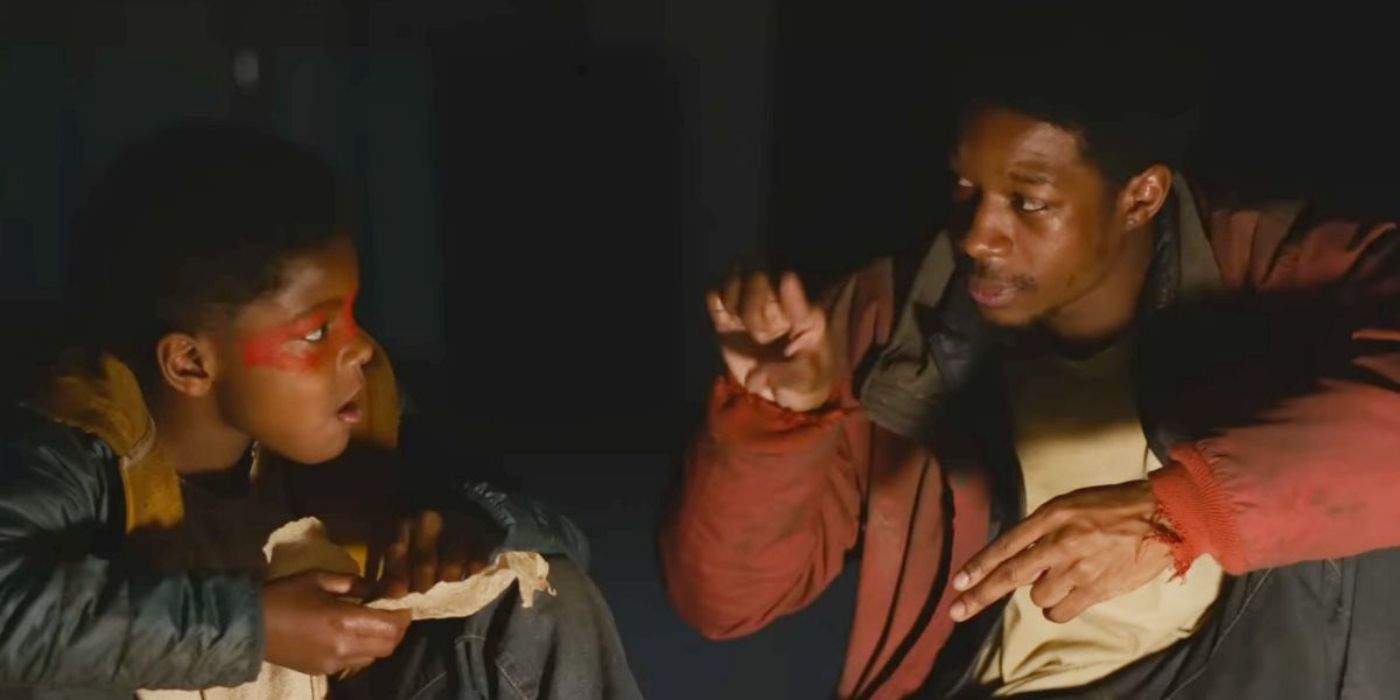The following article contains spoilers for multiple The Last of Us Season 1 episodes. It also contains discussion of violence.
The apocalyptic reality of The Last of Us is a world that tests its characters physically and emotionally. It's not the first graphic show to feature dark subjects and grueling stories -- not even on its own network. Like Game of Thrones or its spinoff House of the Dragon, The Last of Us traumatizes its characters in crushing ways. Yet unlike those shows, the characters are allowed to maintain their dignity through their suffering.
The stories in The Last of Us resonate more effectively because acts of violence aren't sensationalized and characters aren't dehumanized. The violence in The Last of Us has aftereffects both physically and emotionally. Those consequences are what makes the violence vital to the story and the themes of the show. They also help the audience to connect to the characters on a deeper level, so there's never any moment that feels gratuitous.
Ellie Lost Her Innocence in The Last of Us, But Kept Her Dignity
Growing up in the apocalyptic world comes with its own inherent trauma, but Ellie had two particular moments that shredded her remaining innocence and left her with deeper, more complicated emotional wounds. When Riley became infected and died in Season 1, Episode 7, "Left Behind," Ellie learned love can lead to pain -- and how difficult it is to lose someone you love. But The Last of Us didn't show Riley being overcome by the cordyceps and take away her agency, or use the moment that Ellie either abandoned her friend to the infection or killed her for dramatic effect. It kept that heartbreaking decision private.
When David attempted to rape Ellie in Season 1, Episode 8, "When We Are in Need," the focus was on Ellie. The show didn't use the sexual assault of a female character as an opportunity to sexualize her or diminish her in any way. Game of Thrones and House of the Dragon became notorious for denying female characters dignity during their suffering, making the audience complicit in their violation. The Last of Us created a better way to make the point that Ellie had been robbed of her innocence by keeping her at the center of the scene and not showing what it didn't need to.
The Last of Us Depicts Horrific Violence - But the Consequences Matter More
There is no shortage of violence in The Last of Us and the series doesn't shy away from the challenges of the apocalyptic world. However, it distinguishes itself by showing the short- and long-term consequences of people's actions, such as giving Joel poor hearing as a result of years of repeated gun usage. There's also the horrific ending to Sam and Henry's story in Season 1, Episode 5, "Endure and Survive." Rather than depicting the gruesome results of Henry shooting Sam in the head, the episode focuses on Ellie's distraught reaction and Joel's desperation to comfort her.
This decision leaves Sam with some dignity, and the audience's memory is of the emotional tragedy of his death, not the destruction of his body. Henry's subsequent suicide is likewise treated as an emotional and tragic act instead of a shocking moment of violence. The losses of Sam and Henry, and Joel and Ellie's reactions to their deaths, are the consequence -- not just adding to the body count. While The Last of Us makes its characters suffer, the way in which it handles their suffering is through respectful storytelling that creates emotional responses from the audience and creates character development out of the tragedy.
The Last of Us Season 1 finale airs Sunday, March 12 at 9:00 p.m. on HBO.


